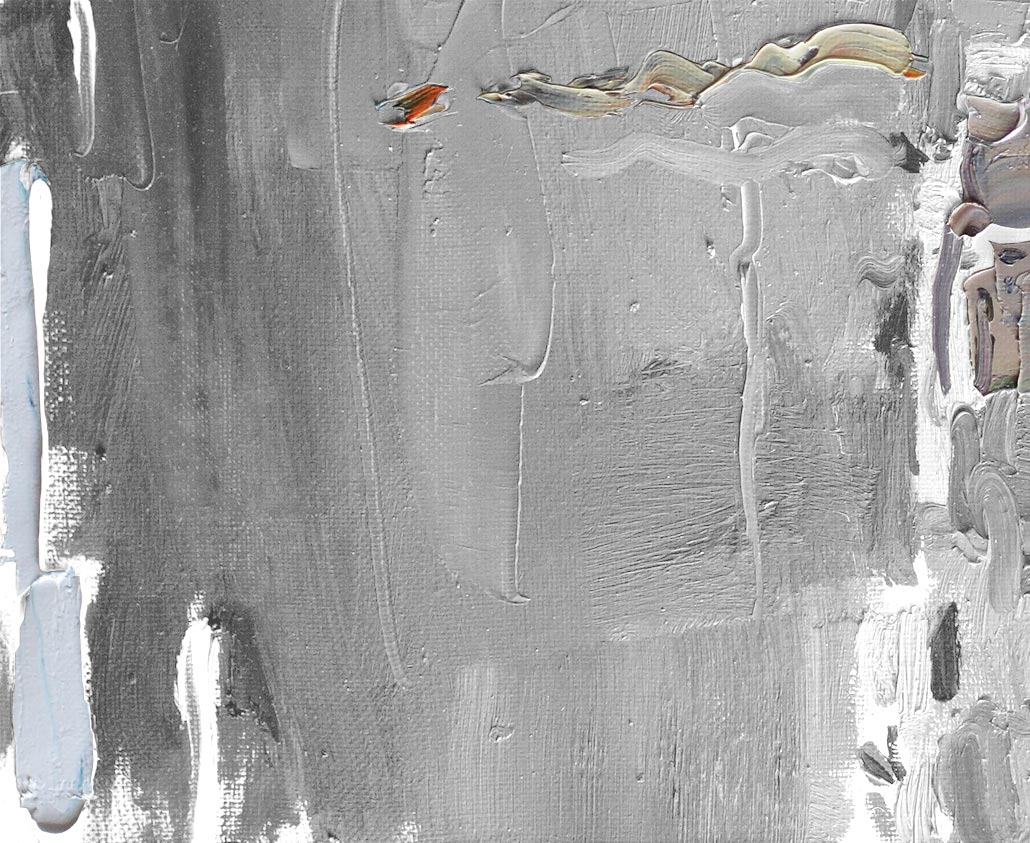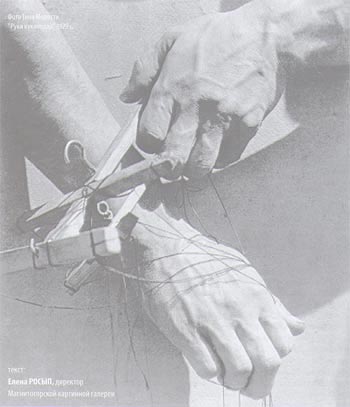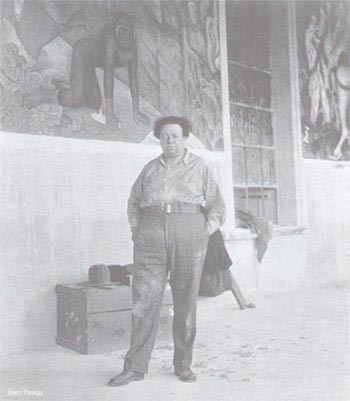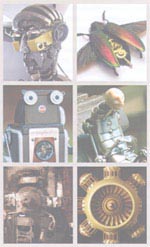



It is difficult to argue that Shishkin, Aivazovsky and other great Masters of the genre are immortal classics that not only give pleasure to those people who found the time to visit the exhibition but are also sure to bring good money to the present owners of their works once they decide to sell those eternal masterpieces.
If the сlassic masters are alive only in their works, then how do modern artists make their living? How do they feel today, in the times of the total economic crisis, when the demand for buying art has slacked, and when Art is running the risk of falling victim to the ghost of the pending catastrophe?
The history, as it always happens, made a full circle. The crisis took over the world again having begun its ruthless feast with the luxurious America. America's modern artists showed a wonderful gift of prediction. Right before the collapse of the banking system and the pending attack from the crisis they displayed an intuitive interest towards the industrial theme, or if we use the language of one artistic project, to the dark art of machines, first of all meaning automobiles.
Contraptions "a la Monster" or "a la Robot" as well as humanized devices and moans of callous mechanical creatures, painted in detail gears and steel frames - they all manifest once forgotten interest towards the industrial theme.
This is no mysticism. This is, if you like it, an instinctive drive to the perished manual labor. You know that some analysts laid the blame for the crisis on the western world because it superseded human labor by machines and mechanisms. The well-to-do New and Old Worlds are blamed of transferring the production industry to the third world countries having left only services and virtual types of business on their own soil. Such businesses as commodity and stock exchanges, banks, consulting companies, advertising and other virtual stuff only appropriate the third world labor fruits. Of those yellow skin laborers who assemble telephones and make brand name winter coats. Crisis is the price we pay for giving up traditional labor activity. One will agree that hard and dirty work often associates with the frightening complexity of the mechanical world. Of the machines that move roaring and whining crushing your ego down.

For The group of the artists whose works were selected for the exhibition and book CARNIVORA, (published in Baltimore, MD 2007, curator of the show and author of the book is Les Barany) gears are the source of inspiration and on the other hand, as well as humanized robots symbolizing the emotionless modern man, and the killing force of the gruesome autos that annually take lives of hundreds of humans. Modern artists refer again to the topic of persons' alienation in the mechanical world, the world created by the people themselves. This idea reveals itself in HRGiger's biomechanoids that are the conjunction of technology, mechanics and biology (that gave birth to the famous Alien), in the sculptures by Eli Livingston and Victor .Koen, in those infernal machines by D.Hwang, in the robot-like objects by Greg Brotherton and Hanno von Bran, in the revelations of Vincent Castiglia painted by his own blood.
The Carnivora project became especially interesting for us, people living in this provincial town, for our countryman Eduard Anikonov also took part in the project. His paintings of the steel-processing machinery from the local Steel Mill have been included into the book too. Anikonov and HRGiger who are acquainted with each other, have been in a way transferred to the world of machines that begin living their own independent life.
The project, and you can judge it by the Book "Carnivora", stirred a lot of interest with the visitors of the exhibition in Detroit that coincided with the annual world Auto show. Later on the Exhibition moved to North Hollywood in LA, and then part of it was displayed in Device gallery in San Diego, and part of it - in Fuse Gallery in New York City. Some people say that it might be a drive to the outer world of machines that are about to take the human world or it might even be a manifestation of hyperindustrialization of modern consciousness. But we can also presume that it was a presentiment of the coming loss.

I can't help citing the optimists: A crisis means not only losses but also gains. Everyone is free to choose any viewpoint from this option. It might be a loss of extra incomes or gaining the luxury of unlimited communication with friends and your family members. The loss of part of a company's assets leads to gaining access to eternal treasures.
Will works of moderm Russian artists sell these days? People at the well-known gallery Sovcom say that the fashion for art changes all the time: five years ago social realism with red flags was very popular while at the beginning of this year industrial landscapes and sport are the fashion. Right before the beginning of the crisis the prices were rising fast - art is a universal "commodity" and thus useful. Purchase of cultural treasures is not only a good investment but also and esthetical pleasure. Many collectors buy art not to simply store it in anticipation of its growing worth. People color their life, decorate their offices, sometimes they sell something from their collections to make changes in their environment that goes together with the changes in their lives and interests.
The Great depression gave birth to a new trend in art. The famous American abstract art did not start out of nothing. A long time passed from the moment when the great Pollock put the brush aside and started spilling paint on canvas to the time when his works became universally recognized. The new direction in art had to have a strong political message: The strong nation needed success to prove its supremacy to the world. And they did it.

Will Russian collectors and lovers of art begin paying through the nose for the new "squares" and "triangles"? Who knows we may not see again crazy prices and iflated estimations in dollars for a few square feet of canvas and paint. But we know that there is always a demand for talented works that people would like to get to color their their bleak routine life. We should remember that tastes are different and the nouveau riches and interior decorators, investors and gift hunters consider the modern art market a delicious and quickly growing pie.
I doubt that artists will start painting on bus and street car stop pavilions since the climate in Russia is different than the one in Mexico. But they will never put their brushes aside for sure. Because it is their way of life. The way that takes our attention.